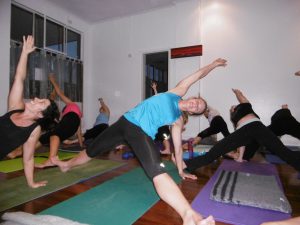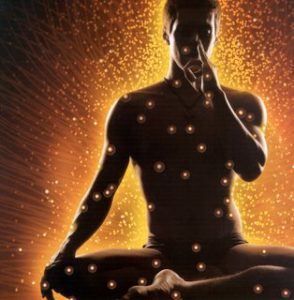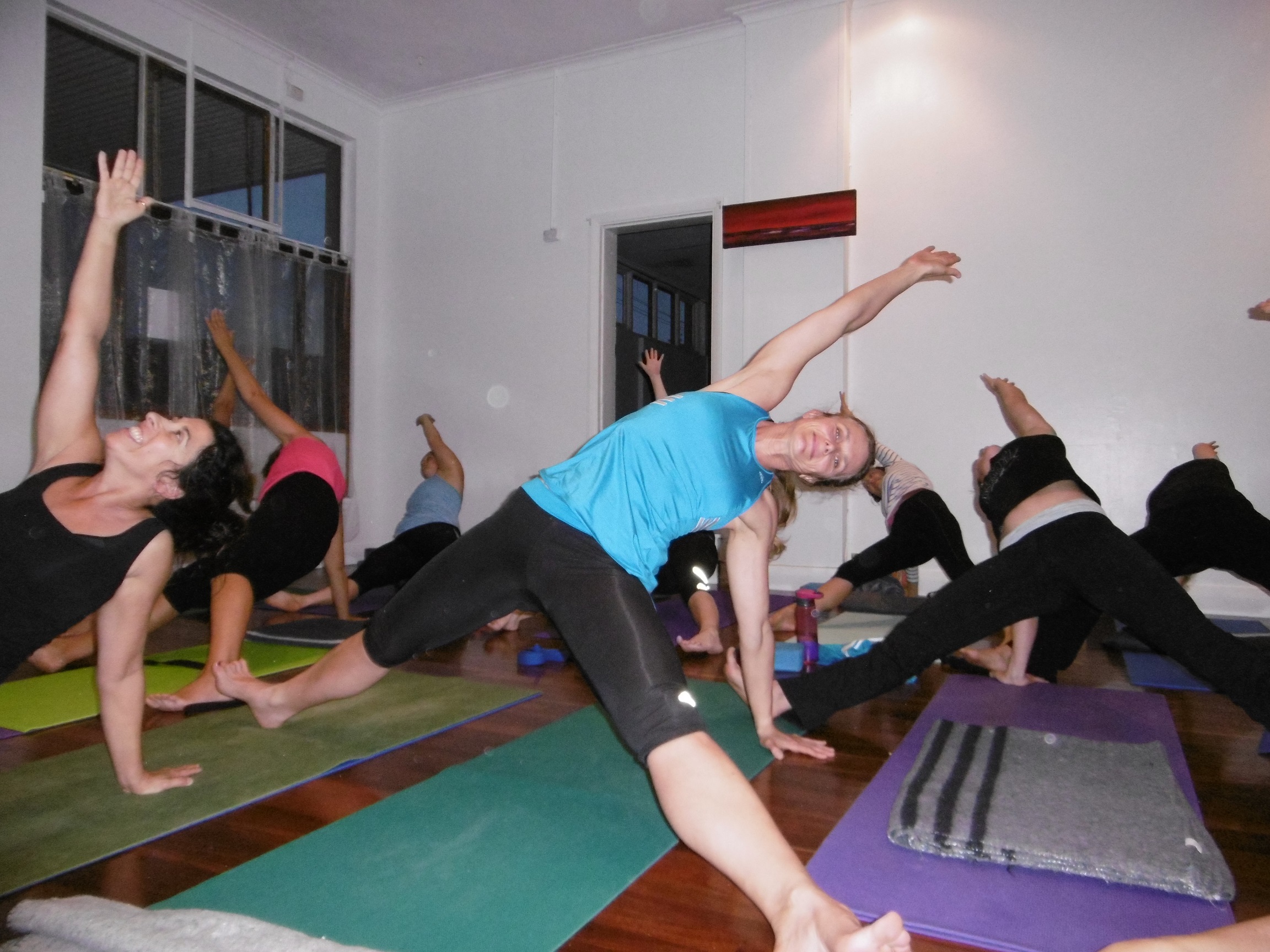Everybody who loves to go for a run knows the big muscle group on the back of your upper legs. This muscle for many appears to have a reluctance to stretch.
The Hamstrings or ‘Biceps Femoris’ is a group of muscles located along the posterior thigh between the adductor group on the inner thigh and ‘Vastus lateralis’ on the outer thigh; part of the group are three muscles:
- Biceps Femoris.
- Semitendinosus and
- Semimembranosus.
Your muscles are working
 Not as big as the Quadriceps Femoris group at the front of the leg, the hamstrings are nonetheless strong hip extensors and knee flexors. All three hamstrings share the same origin at the sit bone. Their tubular bellies extend down the thigh before becoming long, thin tendons that stretch across the posterior knee.
Not as big as the Quadriceps Femoris group at the front of the leg, the hamstrings are nonetheless strong hip extensors and knee flexors. All three hamstrings share the same origin at the sit bone. Their tubular bellies extend down the thigh before becoming long, thin tendons that stretch across the posterior knee.
The term “hamstring” originated in eighteenth-century England. Back then butchers would display pig carcasses in their shop windows by hanging them from the long tendons at the back of the knee.
- Hamstrings are muscles that contract with the human “flight or fright” instinct. Whether it is real danger or subliminal fear the hamstrings react to it.
- The stretching of any big muscle underlies the principle of “reciprocal inhibition”. A muscle group releases, when the opposing muscle group is activated. Practically that means that in order to stretch the backs of the legs it is necessary to engage the front of the leg strongly.
- In order to touch the toes it is necessary to rotate the pelvis. The sit bones need to be turned upwards, the deep stomach muscles (core muscle groups) need to be engaged to contract the front of the leg and with that action to release the hamstrings.
- Most people try to touch their toes with locked knees and inactive quadriceps, which will never fully stretch the hamstrings.

A daily Yoga-classes-experience
New Yoga students often tell me that they never have been able to touch their toes.
When it comes to demonstrating how they stretch it becomes apparent why the muscle does not respond.
Yoga posture practice teaches amongst other things, how to stretch correctly and deeply. Lastly but not least, the body needs to breathe to release the muscle. As we breathe the nervous system relaxes and consequently our “flight and fright” muscles can relax as well.

